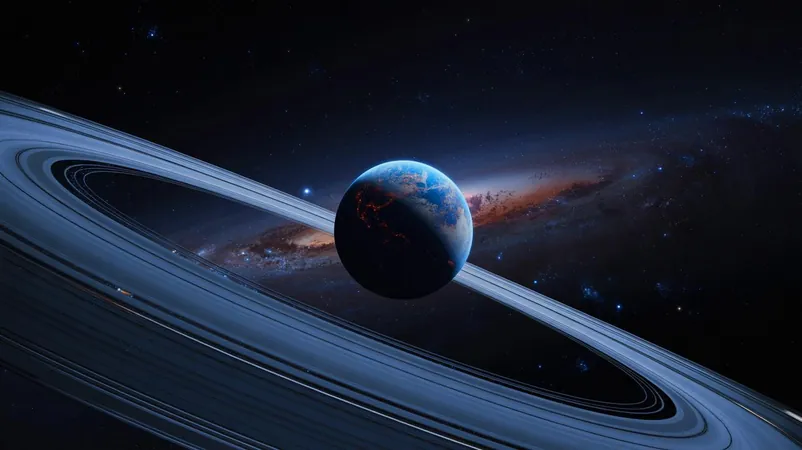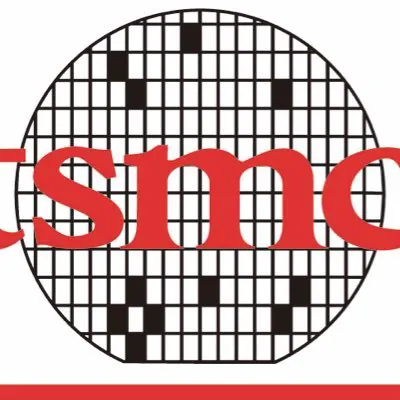
🚀 Is Planet Nine Finally Found? Astronomers Unveil Shocking New Evidence! 🌌
2025-07-06
Author: Kai
The Quest for Planet Nine: A Cosmic Mystery Unveiled
For years, astronomers and enthusiasts have been captivated by the search for the elusive Planet Nine. Recent revelations have sparked a renewed intrigue as scientists claim they may have pinpointed a strong candidate for this enigmatic world. But amidst the excitement, skepticism lingers – could this be the game-changing discovery we’ve been yearning for, or just another cosmic tease?
The Cosmic Puzzle: What is Planet Nine?
The theory of Planet Nine emerged to elucidate the peculiar orbits of certain objects swirling in the Kuiper Belt, a remote region beyond Neptune populated by icy celestial bodies. The existence of a sizable, unseen planet could explain the odd gravitational effects influencing these orbits, yet concrete evidence has remained just out of reach.
Recently, researchers scoured archival data from past satellite missions, specifically analyzing infrared imagery from the 1983 Infrared Astronomical Satellite (IRAS) and the 2006-2011 AKARI mission. They detected a mysterious dot moving across the heavens – a possible harbinger of the ninth planet, igniting hope within the scientific community.
Skepticism and Controversy: A Divided Astronomical Community
The potential discovery of Planet Nine is thrilling but rife with skepticism. Notably, Mike Brown, a renowned astronomer pivotal to the original hypothesis of Planet Nine, raises doubts about the latest findings. His calculations indicate that the object's orbit deviates from the expected trajectory of Planet Nine, leading him to question its identity as the proposed planet.
Brown points out the object’s significant orbital tilt, which falls outside the anticipated range of 15 to 20 degrees. Such misalignment raises concerns that this newfound object may lack the gravitational pull needed to account for the Kuiper Belt’s peculiarities. Despite these uncertainties, the broader astronomical community remains cautiously optimistic, acknowledging that further investigation could yield answers.
Transforming Dots into Discovery: The Search Intensifies
Converting a mere dot in the cosmos into a recognized planet demands meticulous scrutiny. The research team diligently sifted through satellite data to isolate likely candidates for Planet Nine. In their analysis, they pinpointed a solitary dot that emerged consistently across both the IRAS and AKARI data sets.
Characterized by uniform colors and brightness in the images, this candidate hints at the presence of a single, distant object. However, follow-up observations are essential to trace the object’s comprehensive orbit and validate its planetary credentials, adhering to the rigorous standards of scientific verification.
A New Frontier: The Future of Planetary Discovery
The pursuit of Planet Nine is poised to enter a new chapter with the arrival of the Vera C. Rubin Observatory in Chile. This cutting-edge facility, equipped with the world's largest digital camera, is set to explore the depths of the universe like never before. Opening its doors in 2025, it may finally provide the definitive evidence we need regarding the existence of Planet Nine.
Researchers are hopeful that the advanced capabilities of this observatory will either affirm the presence of Planet Nine or definitively dismiss the hypothesis. This moment in astronomical history could profoundly impact our understanding of the solar system’s structure, inching us closer to unraveling the universe's greatest mysteries.
The Ongoing Adventure: Will Planet Nine be Found?
The search for Planet Nine epitomizes humanity's insatiable quest to explore the unknown. As astronomers delve deeper into the cosmos, the potential revelation of this shadowy planet could redefine our comprehension of the solar system. Will the Vera C. Rubin Observatory finally clarify this enduring mystery, or will Planet Nine remain an elusive enigma drifting in the vast cosmic ocean? The answers await on our astronomical horizon.


 Brasil (PT)
Brasil (PT)
 Canada (EN)
Canada (EN)
 Chile (ES)
Chile (ES)
 Česko (CS)
Česko (CS)
 대한민국 (KO)
대한민국 (KO)
 España (ES)
España (ES)
 France (FR)
France (FR)
 Hong Kong (EN)
Hong Kong (EN)
 Italia (IT)
Italia (IT)
 日本 (JA)
日本 (JA)
 Magyarország (HU)
Magyarország (HU)
 Norge (NO)
Norge (NO)
 Polska (PL)
Polska (PL)
 Schweiz (DE)
Schweiz (DE)
 Singapore (EN)
Singapore (EN)
 Sverige (SV)
Sverige (SV)
 Suomi (FI)
Suomi (FI)
 Türkiye (TR)
Türkiye (TR)
 الإمارات العربية المتحدة (AR)
الإمارات العربية المتحدة (AR)